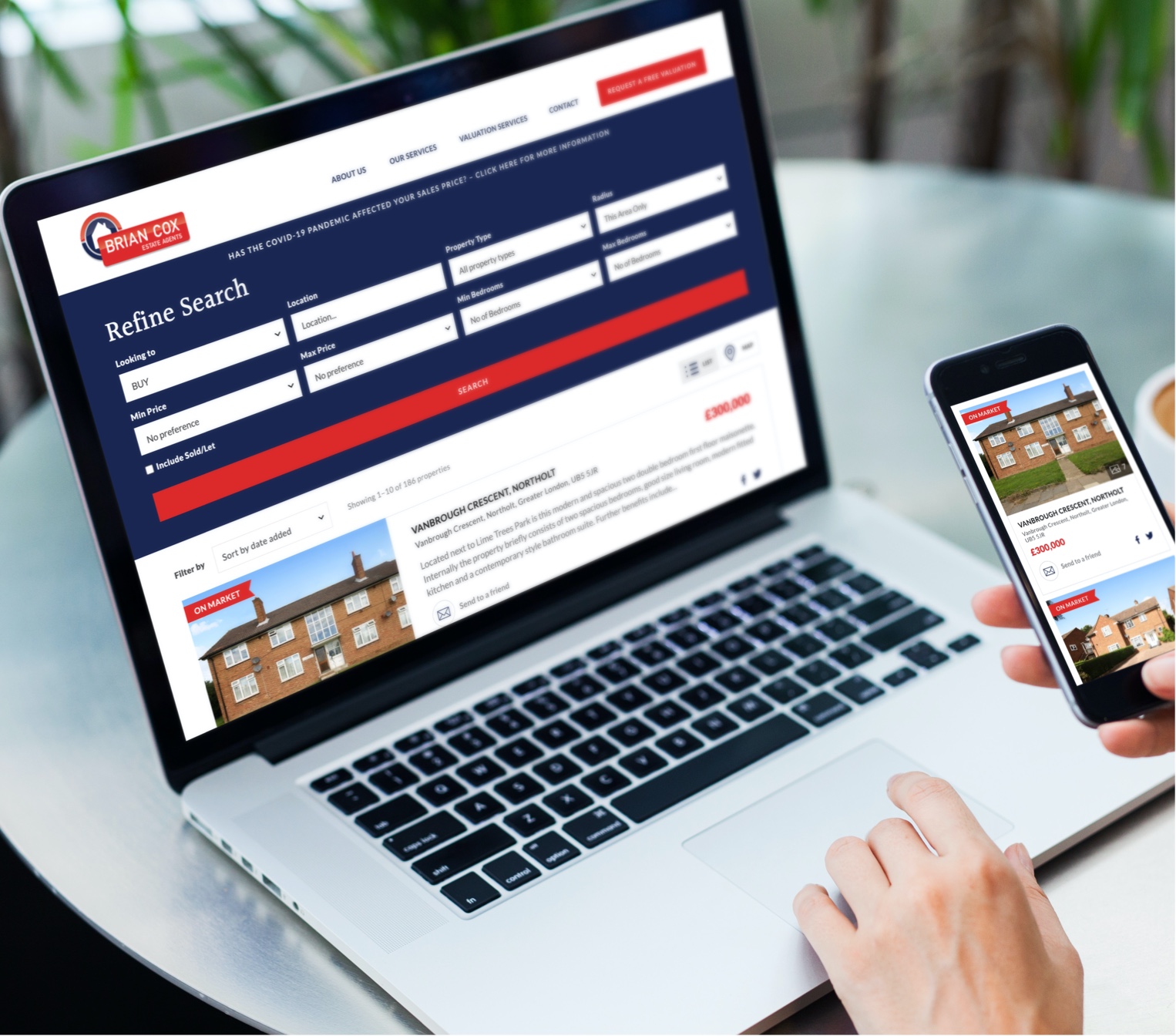Master the Art of Web Design With These Specialist Idea
In today's digital age, having a visually appealing and properly designed site is essential for any kind of organization or private looking to make a mark online. Nonetheless, understanding the art of website design requires even more than simply an eye for aesthetics. It involves a deep understanding of customer experience, performance, and the most up to date fads and techniques. Exactly how can you boost your web style abilities to the next level? In this conversation, we will explore professional pointers and tricks that will not just boost the visual charm of your internet site but likewise boost its use and performance. From selecting the ideal shade palette to integrating reliable call-to-actions, these insights will assist you produce an internet site that not only mesmerizes your target market yet additionally drives results.
Picking the Right Color Scheme
When selecting a shade scheme for website design, it is crucial to think about aspects such as brand identity, target market, and total aesthetic goals. The shades made use of in a web site can considerably influence how customers connect and regard with the site. For that reason, it is essential to pick shades that align with the brand name's identification and values. A technology company might opt for a streamlined and contemporary color scheme, while a children's brand name may select bright and lively colors.
In enhancement to brand name identification, the target audience need to additionally be taken right into factor to consider when picking a shade combination. Comprehending the preferences and expectations of the target audience can help create a appealing and visually appealing website.
Last but not least, the total visual goals of the website should be considered when picking a shade palette. The color pattern should enhance the overall style and layout of the website, producing a natural and aesthetically enticing experience for customers. Whether the objective is to develop a relaxing and serene environment or an energised and dynamic atmosphere, the shade palette should be thoroughly picked to attain the preferred visual.

Developing Easy To Use Navigation
To improve the user experience, it is vital to establish user-friendly and easy-to-navigate menus for internet sites. Easy to use navigation is critical for leading site visitors via the different sections and pages of a site, enabling them to swiftly locate the material they are trying to find. When creating the navigation food selection, simpleness is vital. Avoid jumbling the food selection with also many alternatives, as this can overwhelm users and make it tough for them to make decisions. Rather, emphasis on supplying clear and succinct labels for every food selection product, utilizing familiar terms that customers can easily recognize.

Along with clear labels and sensible organization, it is necessary to make the navigating menu easily available. Put it in a noticeable area, such as at the top of the page or in a set setting, to make sure that individuals can quickly locate and access it from anywhere on the internet site. Take into consideration using a responsive layout method to make sure that the navigation food selection stays easily accessible and functional on various devices, consisting of smart phones and tablet computers.
Integrating Receptive Layout Methods
In order to enhance site functionality throughout numerous gadgets, incorporating responsive layout strategies is necessary. Responsive style is a website design strategy that allows sites to react and adapt to different display sizes and alignments. With the raising use tablet computers and mobile phones, it is critical for internet designers to develop internet sites that provide an ideal viewing experience for users on all tools.
One of the essential strategies in responsive layout is making use of fluid grids. Rather than creating fixed-width layouts, internet developers develop flexible grids that change and resize based on the display size. This ensures that the web content on the web site stays obtainable and legible, no matter of the gadget being used.
An additional vital method is making use of flexible pictures and media. By establishing the maximum width of video clips and photos to 100%, they will instantly reduce to fit smaller screens. This protects against pictures from being removed or distorted on mobile phones.
In addition, responsive layout entails utilizing media queries to use different designs and layouts based on the gadget's screen size. This allows internet developers to create a seamless experience by customizing the discussion of content according to the tool being used.
Optimizing Site Speed and Efficiency
One crucial facet of web why not try here design is maximizing site rate and performance. In today's hectic digital world, customers have little perseverance for slow-loading sites. A slow-moving internet site can cause an inadequate individual experience, high bounce prices, and lower online search engine positions. To make certain that your website performs at its ideal, there are numerous techniques you can apply.
Firstly, maximizing pictures is vital for improving site speed. Images should be effectively compressed and resized to decrease their file size without sacrificing quality. This can be done utilizing image optimization tools or plugins.
One more crucial factor to think about is website caching. Caching involves keeping static versions of web pages to ensure that they can be rapidly fetched instead of creating them from square one each time an individual visits the website (Webwize Website Designer in Tomball). This considerably reduces loading times and enhances overall performance
Minifying CSS and JavaScript documents is another efficient technique. Eliminating unneeded whitespace, remarks, and decreasing code intricacy can greatly boost internet site speed.
Carrying Out Effective Call-to-Actions
Producing influential and engaging call-to-actions like this is a vital element of effective web design. A call-to-action (CTA) is a timely or instruction that motivates users to take a particular activity on a site, such as buying, registering for a newsletter, or getting in touch with the business. Applying efficient CTAs can significantly boost individual interaction and conversion rates.
To produce compelling CTAs, it is important to make use of concise and clear language that conveys the value proposal and benefits of taking the wanted action. The CTA ought to be visually prominent on the page, utilizing contrasting colors and get redirected here style elements that attract the customer's attention. In addition, making use of action verbs and creating a feeling of seriousness can further enhance the effectiveness of the CTA.
Moreover, it is crucial to place the CTA tactically on the web page. Placing it above the fold, where it is instantly noticeable to individuals without requiring to scroll, can significantly boost its presence and click-through prices. It is additionally advantageous to test various variations of CTAs to identify which ones reverberate best with customers and drive the greatest conversion rates.
Final Thought
Finally, grasping the art of internet style needs interest to different aspects such as color scheme choice, straightforward navigation, responsive layout methods, web site rate optimization, and effective call-to-actions. By implementing these specialist pointers and techniques, web designers can create visually appealing and useful sites that enhance user experience and drive wanted activities.
The colors utilized in a site can substantially influence just how users regard and communicate with the site.In order to optimize site performance throughout various gadgets, integrating receptive design strategies is essential. Receptive style is a web layout method that permits web sites to adjust and react to various screen sizes and positionings. With the boosting usage of tablet computers and smart devices, it is vital for internet designers to create internet sites that offer an ideal watching experience for users on all devices.
